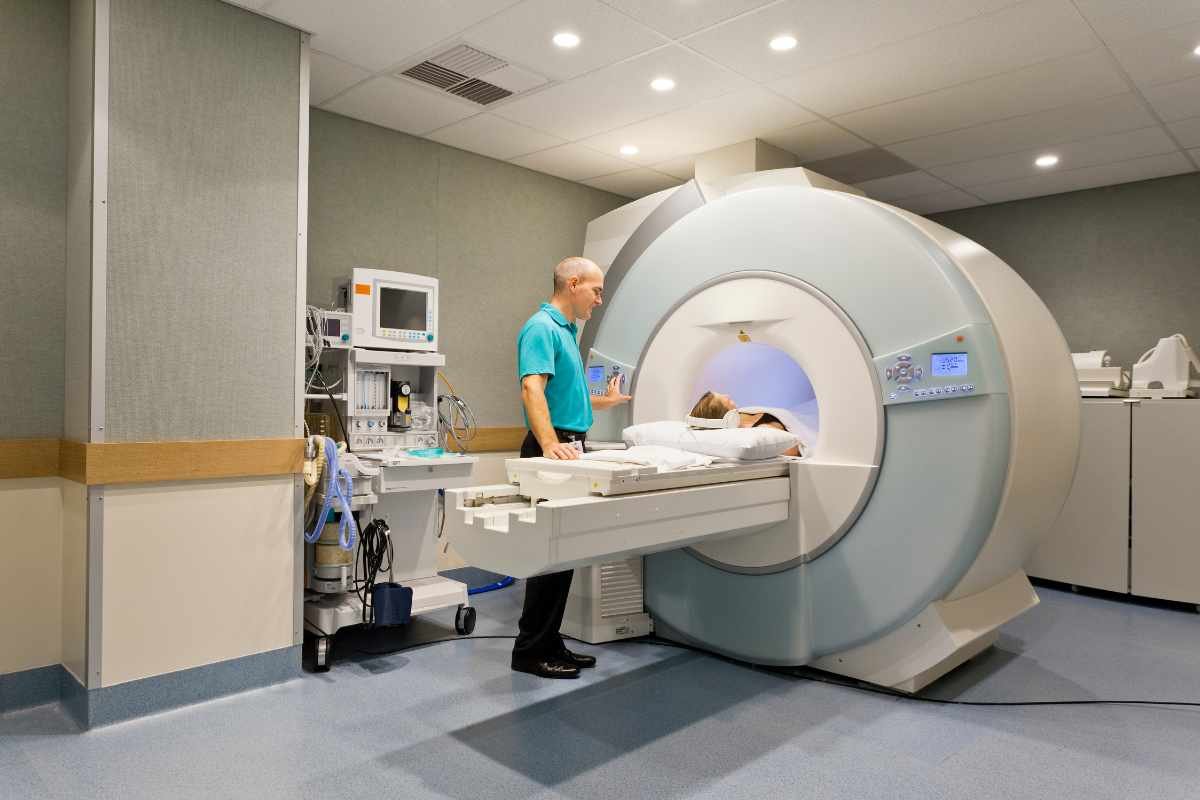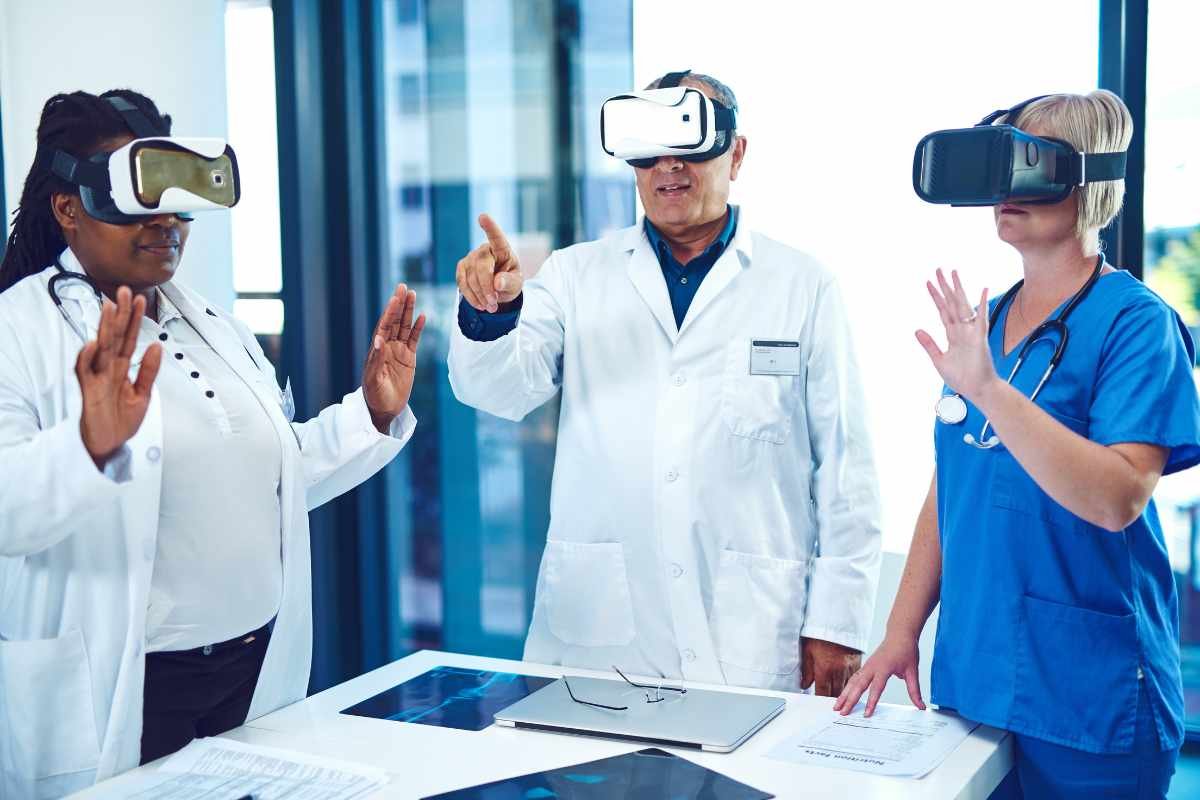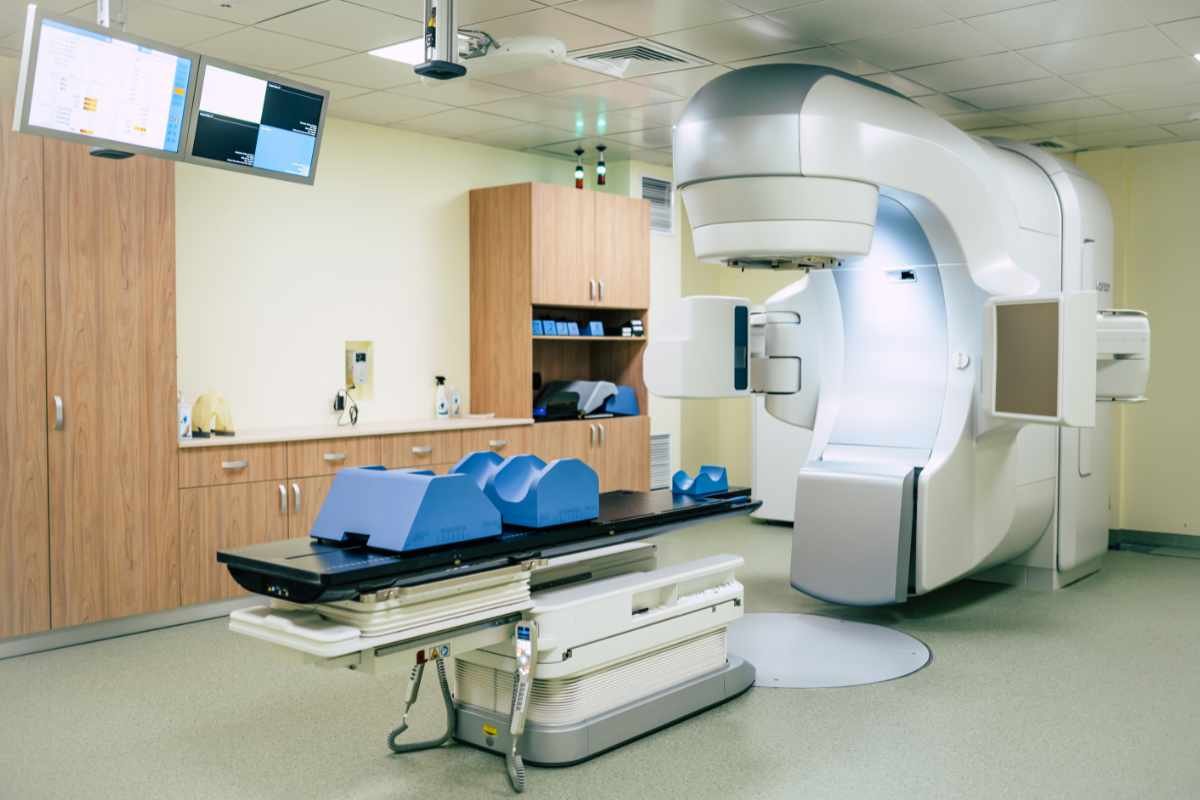As technology continues to advance at an exponential rate, all industries are coming to embrace exciting changes in how they operate. This is particularly important when it comes to modern medicine, and in recent times, medical imaging could be argued to have taken the biggest leap in this realm.
In this short article, you’ll learn of three of the biggest advancements in the field.
Here are three key advances in medical imaging:
1. AI-Enhanced CT Scanners
The CT (Computed Tomography) scanner was nothing short of a medical revolution when it was developed in the 1970s, and today, thanks to the enhancements of AI, modern machines are saving more lives than ever.

With models like the Canon Aquilion, AI is used to cross-reference images across a global network of samples, improving both accuracy and efficiency for much sharper image quality. This sort of machine learning is reshaping the way radiographers and radiologists can interpret imaging to make quick, concrete diagnoses.
The above is helped along by state-of-the-art slice technology; the latest CT scanners can take an impressive 640 slices per rotation, making for lightning-fast scanning speeds which drastically reduces the effective radiation dose for patients.
2. Wireless Ultrasound
Ultrasound has maintained its status as an essential tool for fast, safe, and reliable medical imaging for a huge variety of different areas of the body. Given the scale these machines are designed to operate on, however, traditional machines have limitations due to their bulk and subsequent angle of operation.

Rather than being tethered to a traditional cart unit, Wireless Handheld Ultrasound machines are battery-operated and can connect wirelessly to a computer or tablet for assessing and viewing the imaging. This means that ultrasound scans can be performed in virtually any location for optimal convenience – they’re particularly useful if doctors need to perform a scan outside of a hospital setting, and their small footprint means they can be carried around easily.
They also negate the need for a dedicated ultrasound room, freeing up hospital space and potentially reducing overall wait times.
3. Advances in Imaging Software
Most of the advancements in medical imaging involve hardware, but great leaps have been made in the software realm, too.
For example, medical imaging software company Materialize have made waves recently with their Mimics package. This software enables a user to take raw CT, MRI, and even ultrasound data and create sophisticated three-dimensional models for a more thorough diagnosis.

This ability is particularly useful in orthopaedics and maxillofacial surgery, as it allows surgeons to plan out complex procedures in 3D before going to the operating room. This sort of software is used to design and place the titanium hardware used to secure breaks and bone cuts, and the level of precision that can be achieved through using it far exceeds anything that could be accomplished in the past.
Wrapping Up
This article showcases only three of dozens of ways new technology is advancing medicine. The difference in the diagnostic capabilities medical staff have today compared to fifteen years ago is nothing short of astonishing; who knows what another decade could bring?









